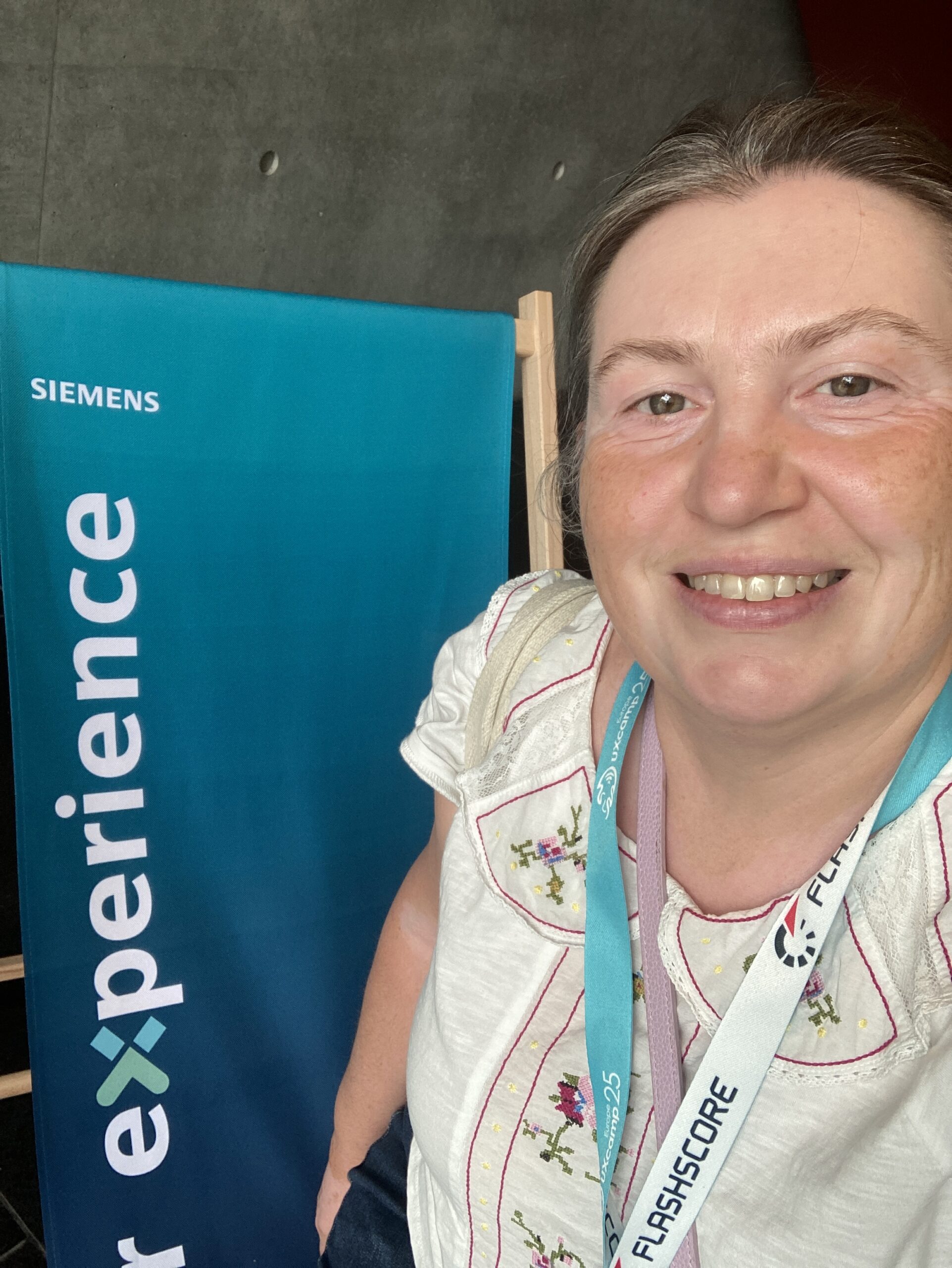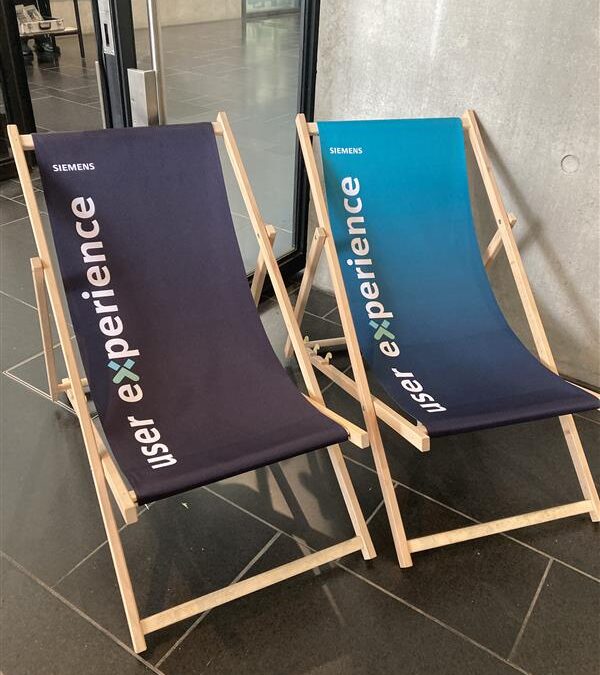“Where are you from?” is the first question at any international event. My answer — “Honolulu, Hawaii” — was met with surprise and a bit of confusion at UX Camp Berlin 2025 (#uxce25). Understandably so, considering the 20+ hour journey it took to get there!
This was my first time attending the coveted UX Camp. It’s known as an unconference because of its unique structure: the agenda is created the morning of the event, and anyone is encouraged to participate. It’s a two-day gathering attended by over 600 UX professionals from around the world.
I filled both days with sessions and lively discussions on a range of user experience hot topics.
Keynotes from UX Camp Berlin 2025
1. AI Prototyping – Pavle Jovanović
Pavle’s talk on AI prototyping offered a practical framework for using current AI tools to create rich prototypes for testing complex user interactions with large datasets. While it’s easy to set up simple interaction flows (e.g., button clicks, dashboards, linear processes), more sophisticated tools demand more nuanced testing — especially when domain experts are involved.
At B3 Software, we typically involve software developers alongside UX designers to build proof-of-concept applications. With AI, we can now rapidly transform ideas into prototypes for testing — reducing the need for developer resources early on.
Pavle’s steps closely mirrored how we use AI agents at B3. Personally, I work with Copilot, starting with small requests and gradually building up to complex scenarios. My co-founder, Brian, has a different style: he uses Gemini and Claude, begins with deep context, challenges the AI’s responses, and co-creates refined, robust solutions.
One of Pavle’s tips I’ll be implementing is to generate both requirements and a working solution — then use Git for version control.
2. Designing Future Experiences – Steffen Weichert (usability.de)
This session explored the future trajectory of software, tools, and machinery. As devices become more autonomous and interconnected, software developers will take on the role of designing those invisible interactions. Human-facing interfaces may shrink in importance, while the user experience moves closer to industrial and material design.
The vision was both futuristic and thought-provoking: software interfaces that are fluid, personalized, and dynamically generated for each individual user.

3. Speed Connecting + User Testing Lessons
The “Speed Connecting” session was a fast-paced, energizing way to meet fellow attendees. In contrast, a smaller breakout group provided a welcome pause and deeper conversations — especially around insights from user testing.
4. Always Create Clarity – Ben Sauer
Ben Sauer, author of Death by Screens, gave a powerful talk on the importance of storytelling in design. He emphasized that stories — anchored by strong themes — are how humans naturally connect and make decisions. By reverse-engineering from desired actions to themes and stories, designers can craft more relatable and memorable solutions.
Final Reflections of the UX Camp in Berlin
The UX Camp in Berlin is an energetic and welcoming place for UX practitioners to connect and share stories, tips, and experiences. While tools evolve and processes improve, humans still value well-thought-out design and meaningful engagement with screens.
AI may help us get there faster — but observing users and telling human-centered stories remains at the heart of good UX.


Trackbacks/Pingbacks